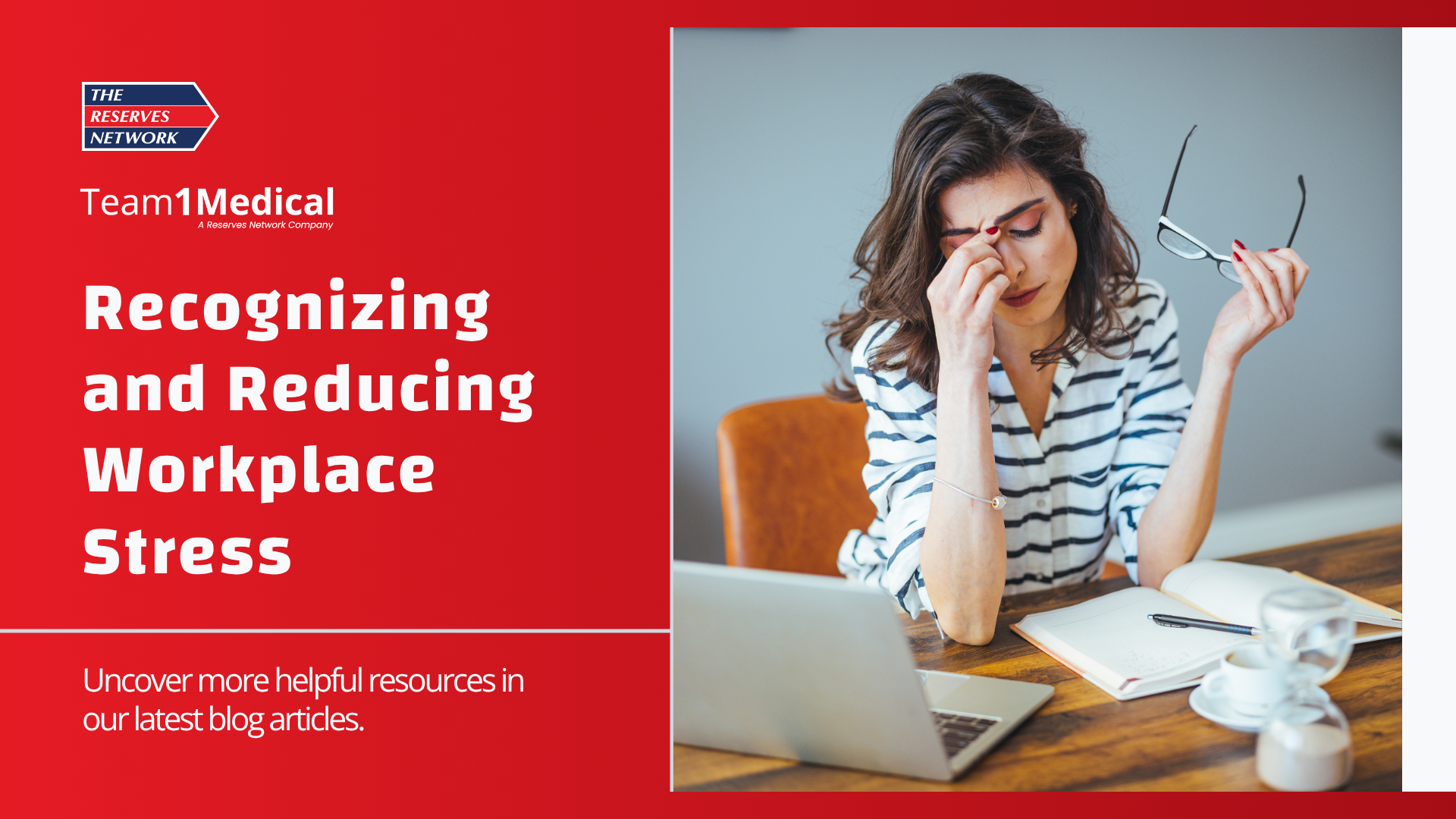
June marks National Safety Month, a time dedicated to raising awareness around safety in all forms—from physical hazards to mental and emotional well-being. In the healthcare industry, one of the most overlooked yet impactful aspects of workplace safety is stress. Often dismissed as part of a “high-pressure” or “fast-paced” environment, stress among medical professionals can have serious consequences when left unaddressed.
Workplace stress occurs when the demands of the job exceed a worker’s ability to cope. For healthcare workers, this can result from long shifts, emotionally charged situations, limited control over daily tasks, or lack of clarity in expectations. While some pressure is inherent to caring for patients, chronic stress becomes a risk to both individual well-being and overall patient safety when ignored.
Healthcare professionals experiencing high levels of stress may find it difficult to concentrate, make accurate decisions, or remain fully engaged—each of which can affect the quality of care. Over time, this can lead to burnout, absenteeism, and even higher risk of clinical errors. Physical symptoms like fatigue, headaches, and high blood pressure are common, while emotional symptoms—such as anxiety, irritability, or detachment—can be just as harmful. In fact, the Occupational Safety and Health Administration (OSHA) notes that “stress can increase the risk of injury, musculoskeletal disorders, suicide, substance use, cardiovascular disease and other health outcomes.”
The effects of workplace stress don’t stop at the individual level. In medical settings, stress can disrupt team communication, reduce morale, and impact the overall patient experience. When team members are overwhelmed, collaboration suffers, and important details can be missed—putting both colleagues and patients at risk.
Recognizing the signs of stress is the first step toward managing it. For healthcare employees, this could mean acknowledging persistent exhaustion, emotional numbness, or a decrease in job satisfaction—and seeking support before burnout sets in. For employers and team leaders, it involves paying attention to signs of distress, creating space for honest dialogue, and building a culture where team members feel safe to speak up.
Managing stress in healthcare environments doesn’t require drastic changes. Sometimes, it’s about the basics: checking in regularly, offering schedule flexibility, clearly communicating expectations, or simply encouraging short breaks between patients. Small, consistent efforts—like providing access to mental health resources or promoting healthy work-life boundaries—can make a big difference.
During National Safety Month, it’s important to remember that safety isn’t just about proper PPE or clinical protocols—it’s also about protecting the mental and emotional health of those who provide care. Reducing stress in the workplace helps prevent burnout, fosters a supportive culture, and ultimately leads to better patient outcomes.
Creating that kind of environment starts with awareness, continues with action, and benefits everyone involved.


Leave a Reply